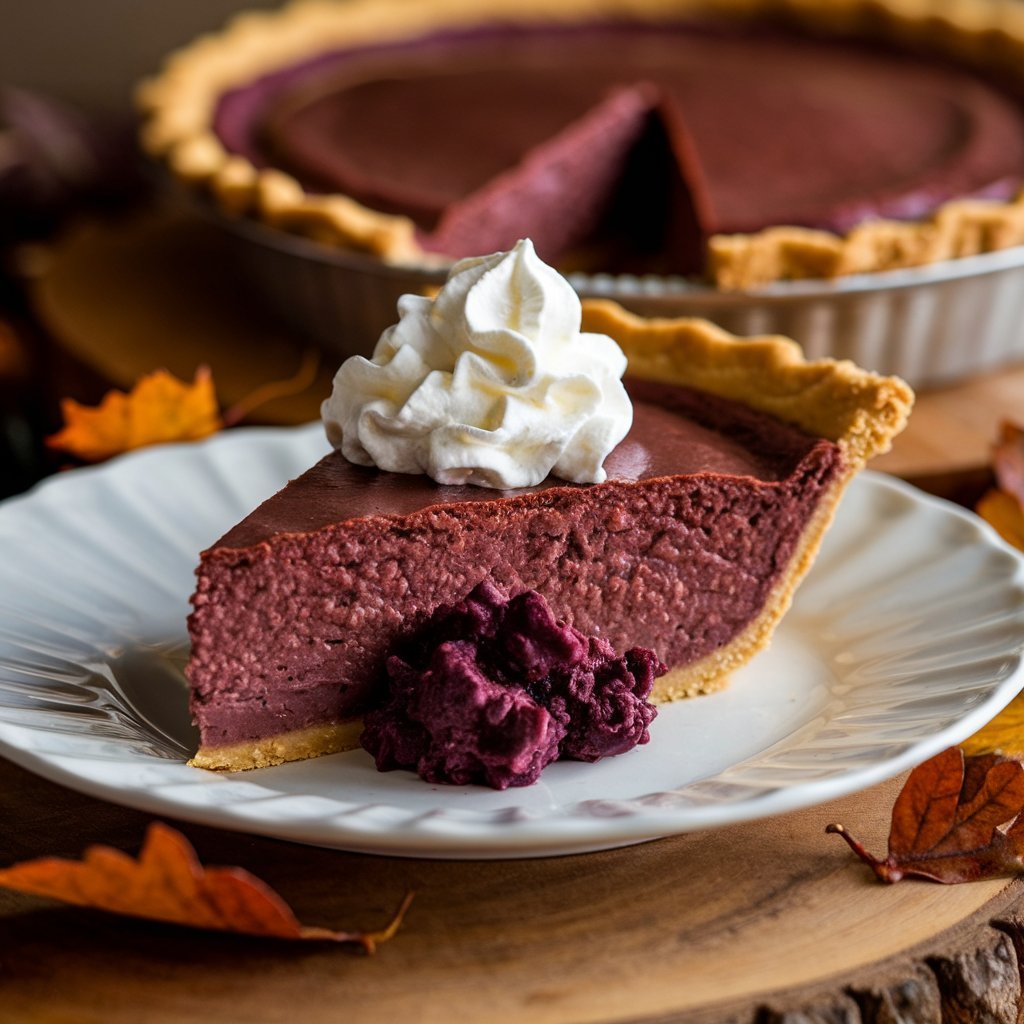Pumpkins, commonly associated with fall and festive seasons, are more than just decorative gourds. They are packed with nutrients and offer a wide range of culinary uses. But is pumpkin a fruit, and can you eat its seeds? Let’s explore these questions and uncover the benefits of this versatile ingredient.
Is Pumpkin a Fruit?
Yes, pumpkin is botanically classified as a fruit. It falls under the Cucurbitaceae family, which includes cucumbers, melons, and squashes. The key reason pumpkins are considered fruits is that they develop from the flower of the pumpkin plant and contain seeds, which is a defining characteristic of fruits.
While most people consider pumpkins as a vegetable due to their savory flavor, in botanical terms, any seed-bearing structure formed from the ovary of a flowering plant is considered a fruit.
Can You Eat Pumpkin Seeds?
Absolutely! Pumpkin seeds, also known as pepitas, are not only edible but are highly nutritious. These seeds are rich in healthy fats, protein, zinc, magnesium, and antioxidants. Eating pumpkin seeds can provide numerous health benefits such as improved heart health, better sleep due to their magnesium content, and enhanced immune function.
You can eat pumpkin seeds raw, roasted, or added to salads, granola, or baked goods. For a simple snack, try roasting them with a drizzle of olive oil and a pinch of salt for a crunchy, nutritious treat.
Health Benefits of Pumpkin
- Rich in Nutrients: Pumpkins are a great source of vitamins, particularly vitamin A, which supports eye health, and vitamin C, which boosts immunity. They are also low in calories, making them ideal for a nutrient-dense, low-calorie diet.
- High in Antioxidants: Pumpkins contain antioxidants such as beta-carotene, which can help neutralize harmful free radicals in the body, potentially reducing the risk of chronic diseases.
- Supports Heart Health: The fiber, potassium, and vitamin C content in pumpkins all contribute to better heart health. Potassium is known to help lower blood pressure and reduce the risk of stroke.
- Promotes Healthy Skin: Due to the high levels of beta-carotene, pumpkin consumption may also help protect your skin from UV damage and improve skin texture and tone.
How to Use Pumpkin in Your Diet
Pumpkin offers incredible flexibility in the kitchen and can be incorporated into a wide range of recipes. Here are some ideas:
- Pumpkin Soup: A creamy, warming soup perfect for fall.
- Pumpkin Smoothie: Blend pumpkin puree with almond milk, bananas, and a dash of cinnamon for a nutrient-packed drink.
- Roasted Pumpkin: Cut into chunks, season with herbs and olive oil, and roast for a delicious side dish.
- Pumpkin Bread or Muffins: Incorporate pumpkin puree into baked goods for a moist and flavorful treat.
- Pumpkin Cookies: For a sweet yet healthy treat, try baking pumpkin cookies using whole wheat flour and a touch of honey or maple syrup for sweetness. They are soft, chewy, and full of fall flavors.
Conclusion
Pumpkin is a nutrient-rich fruit that can be enjoyed in both savory and sweet dishes. Its seeds are equally beneficial and make for a healthy snack. Whether you’re making a hearty soup or simply snacking on roasted pumpkin seeds, this versatile ingredient deserves a spot in your kitchen.




